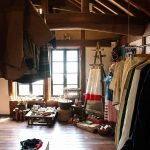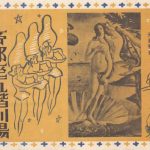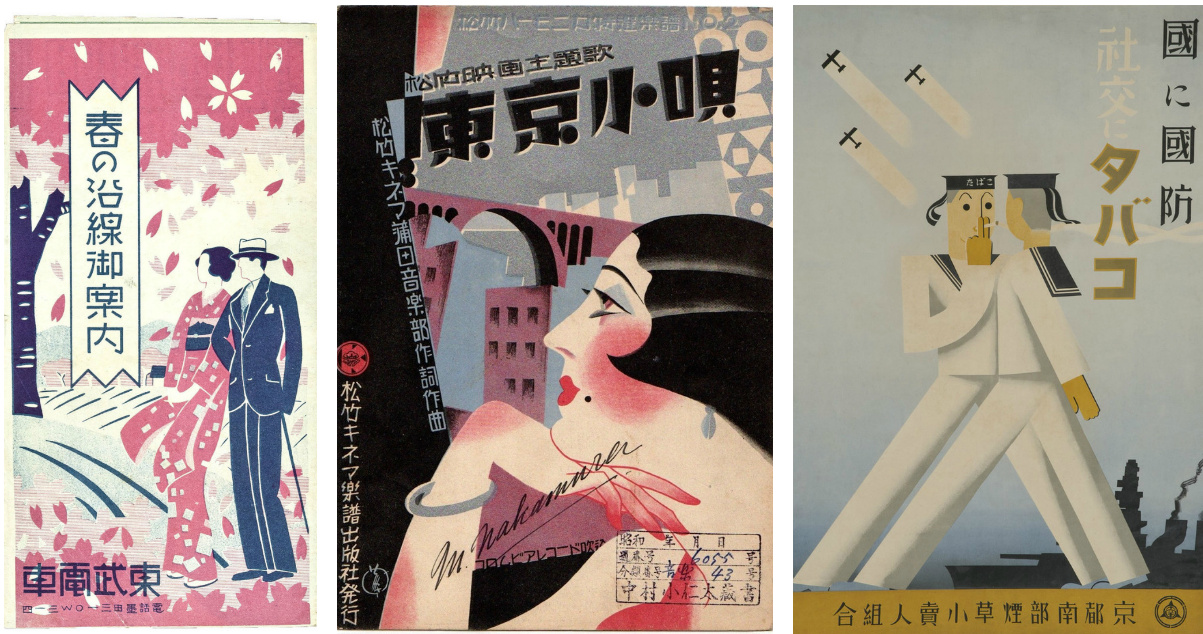
The wave of modernity began to sweep Japan during the Taisho period (1912-1926) when Japanese society and the political system significantly opened up. Economic prosperity created a class of people that had more money to spend and increasingly lived in cities where they came into contact with influences from abroad. The terms Mobo and Moga (Modern Boy and Modern Girl) were coined to refer to those “it” boys and girls who sported western fashion and were often spotted in glamorous Ginza.
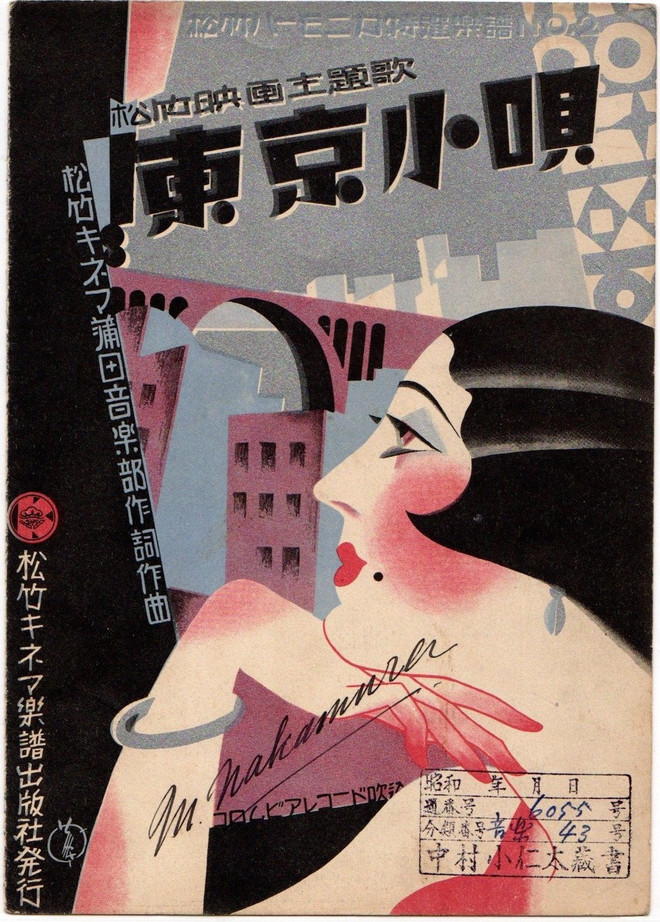
an illustrated cover for the song “Tokyo Kouta” epitomizes the Moga, or Modern Girl
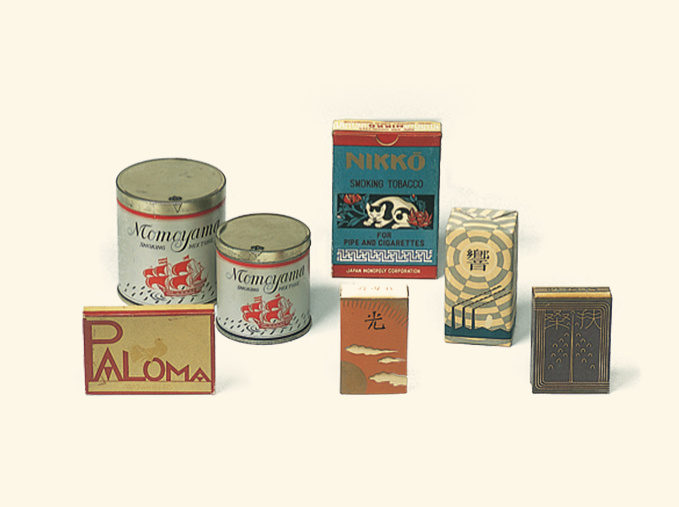
vintage packaging design for tobacco by Hisui Sugiura
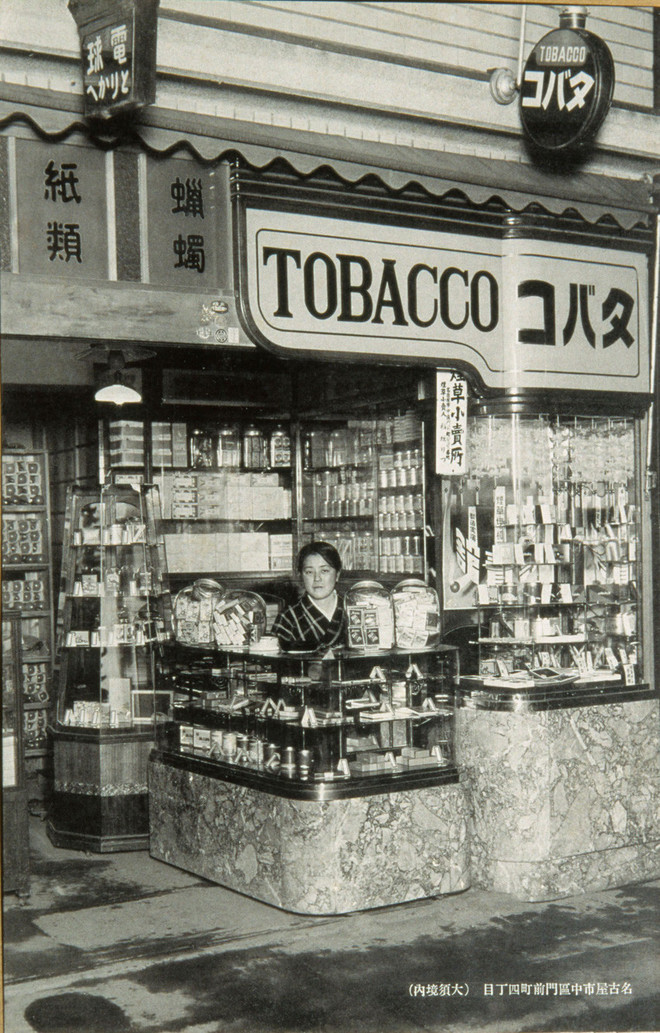
A tobacco shop from the 1930s. These stores too were highly stylized and designed to sell a lifestyle, as well as a product
But the tides of change were rapid, and the optimistic atmosphere of the Taisho period vanished as Japan entered a severe economic depression following the end of World War I. “The early Showa period was also a period of turbulence and upheaval marked by global financial crisis (Showa Depression), the Manchurian Incident, and the start of the Asia-Pacific War.” That’s from a new exhibition in Tokyo that follows changes in lifestyles through the vantage point of vintage packaging and graphic design.
Titled “Tokyo Through the Eyes of the Modern Boy and Modern Girl,” the exhibit brings together various objects from a consortium of museums. They range from the packaging design of cigarettes and soap to vintage photographs, posters and stamps. The packaging for shampoo, as an example, led to a significant change in consumer behavior. Men and woman who had previously been washing their hair maybe once a week, began washing their hair daily, and largely helped shape Japan’s emphasis on cleanliness.
The exhibition is on display now through July 8, 2018 at the Tobacco & Salt Museum in Tokyo. General admission is 100 yen.
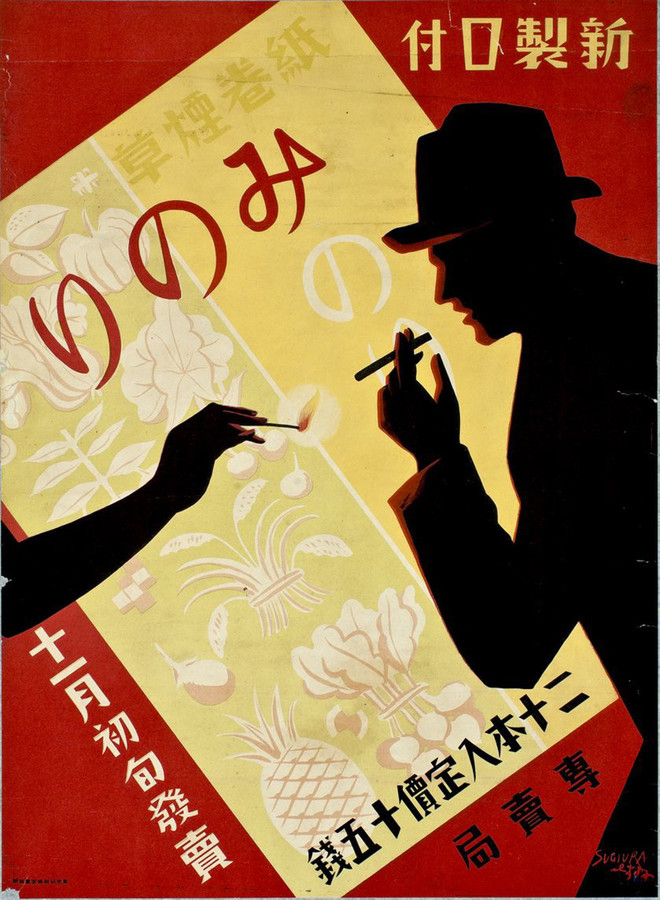
1930 poster for Minori tobacco
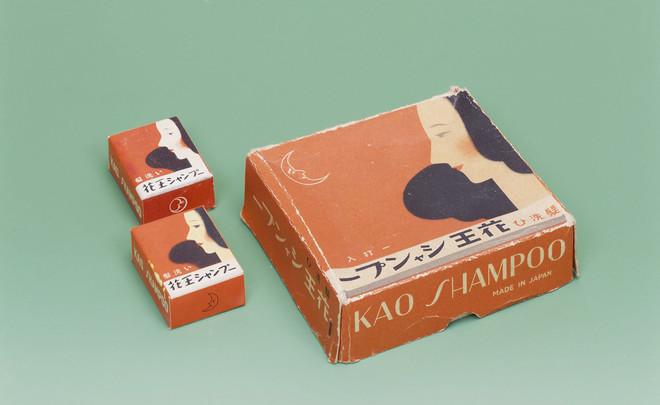
Packaging for Kao Shampoo (1932). Its advent vastly changed Japan’s approach to personal hygiene.
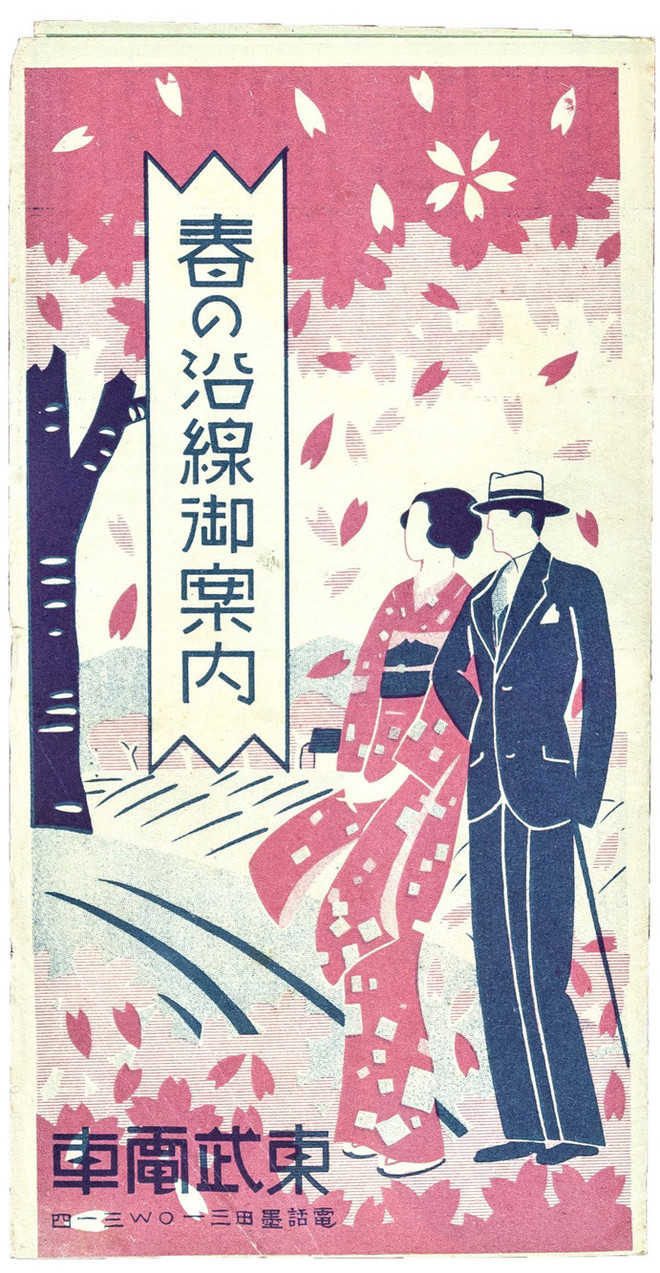
1932 – 1935 ad for sightseeing spots along the Tobu Railway line
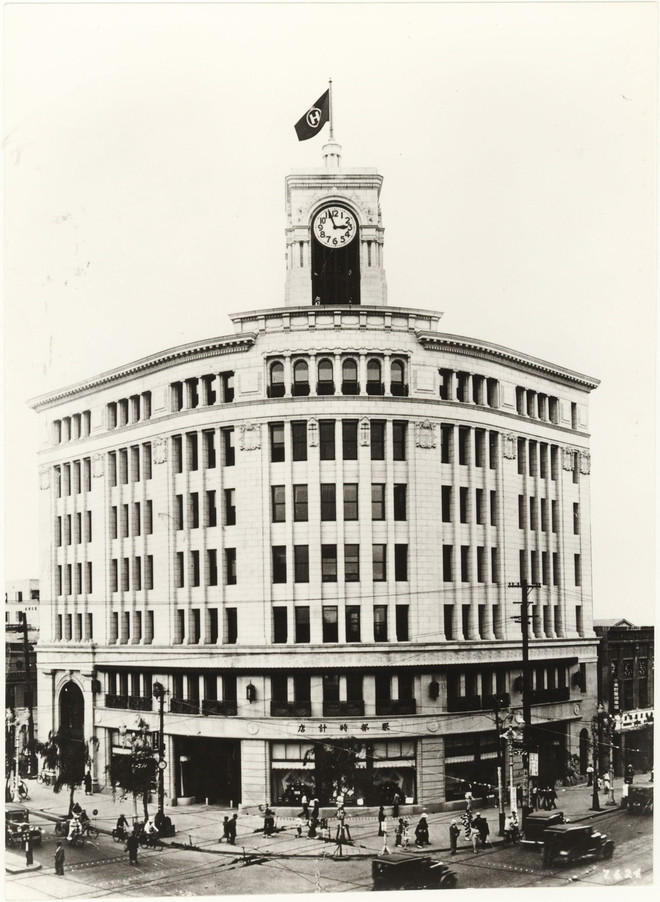
A vintage 1932 photograph of the Wako Building in Ginza (previously Hattori Watches, the predecessor to Seiko)
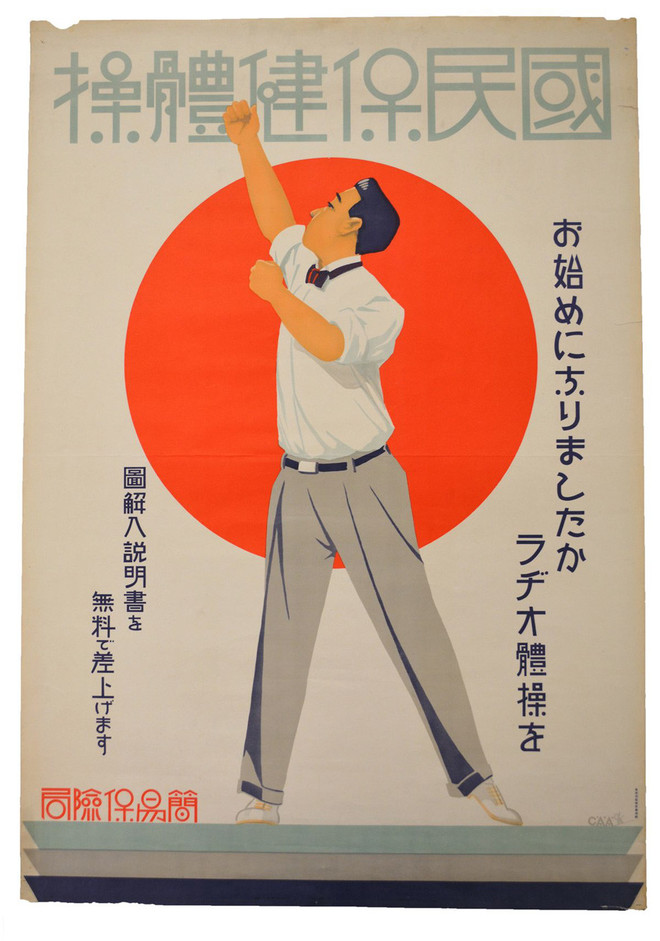
graphic design for a poster promoting radio-taiso, or morning calisthenics (1928)
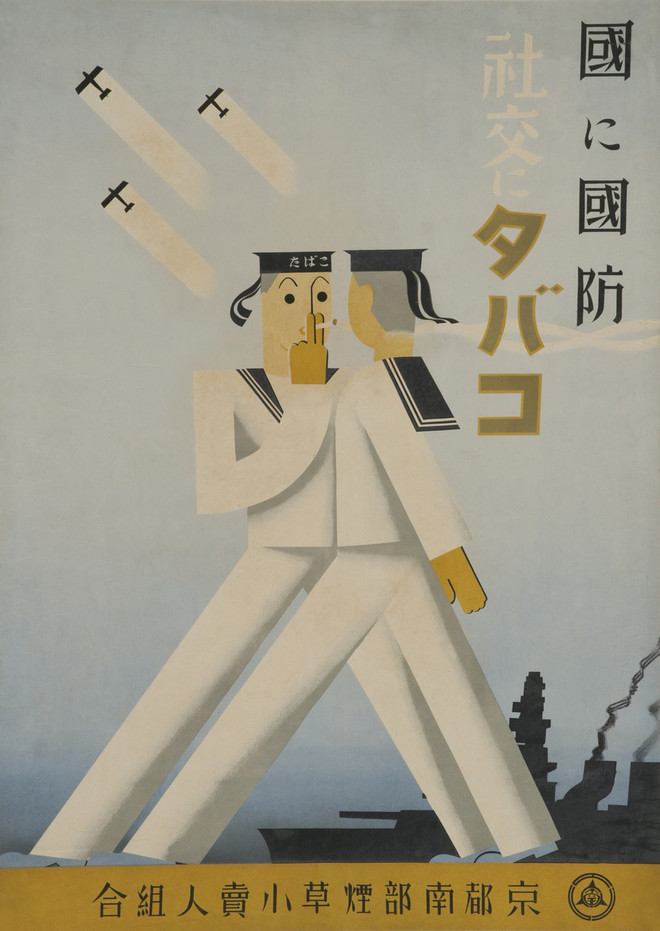
a 1932 poster for tobacco that reads “For country, security. For socializing, tobacco. As the country entered the Second Sino-Japanese War, graphic design became incorporating militaristic and nationalistic elements
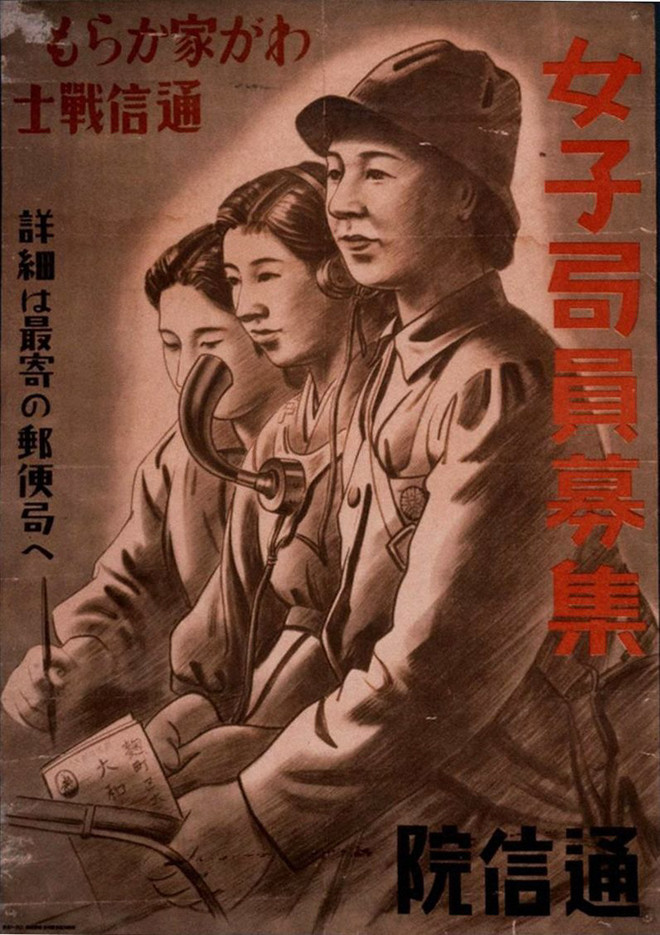
1943 poster calling on women to join the telecommunications force. The tagline reads, “A telecommunications soldier from your own home.”
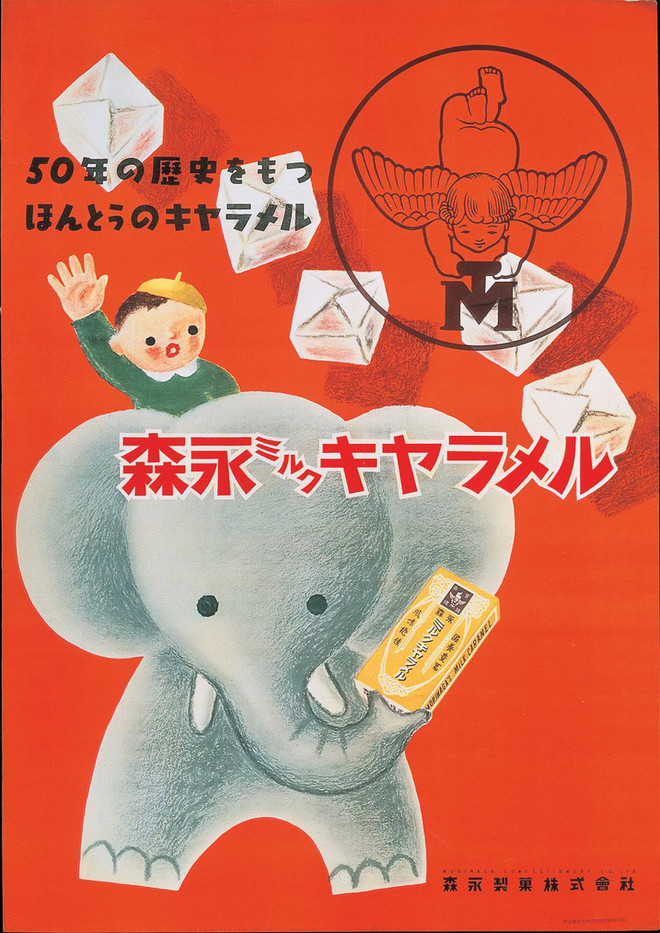
1950 poster for Morinaga Caramel. Beginning around this time (5 years after the war) things started to look brighter for Japan. Discretionary items like caramels began circulating in the market once again.


